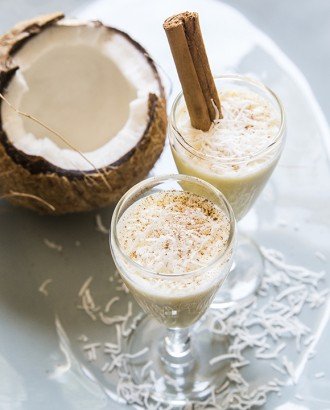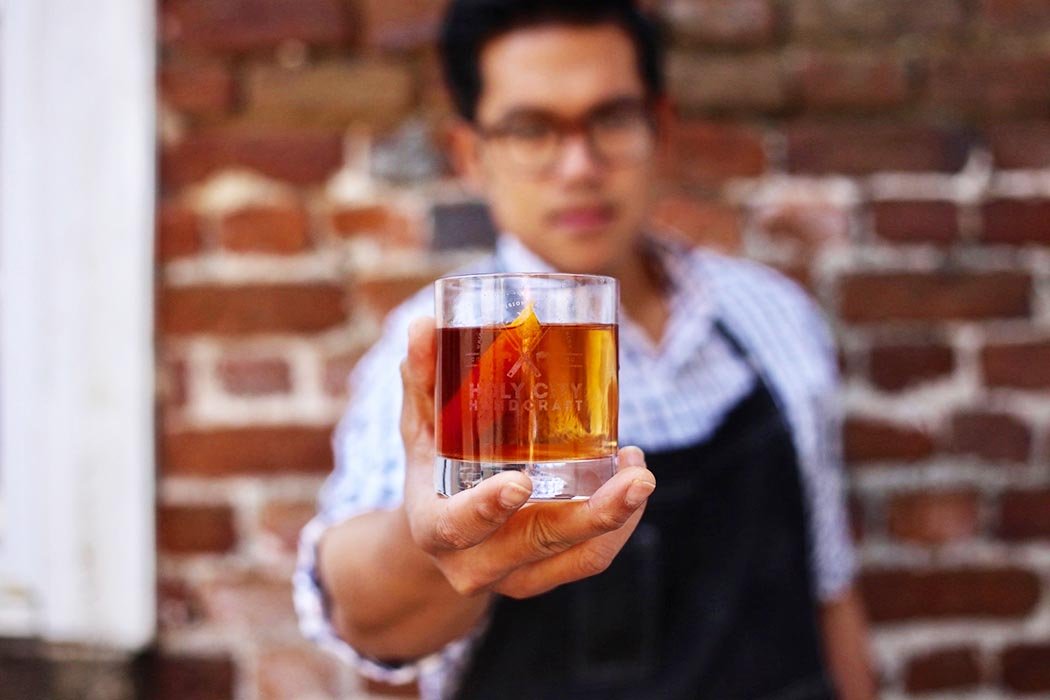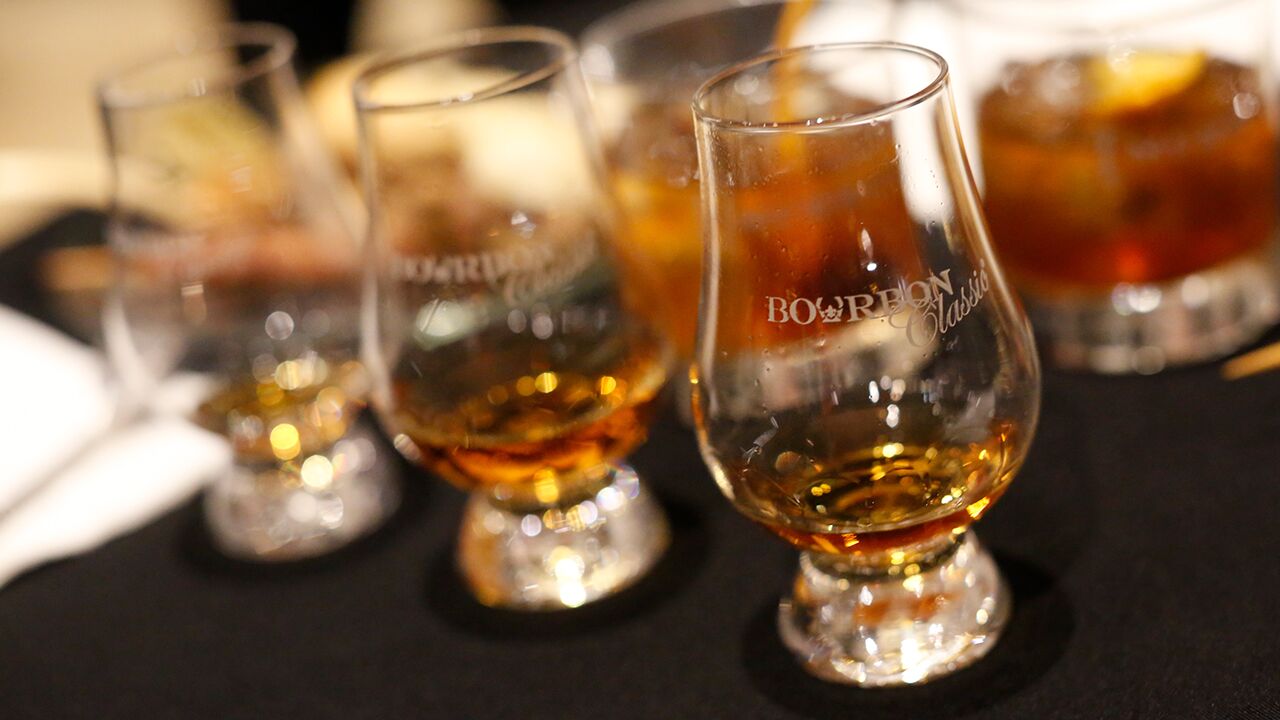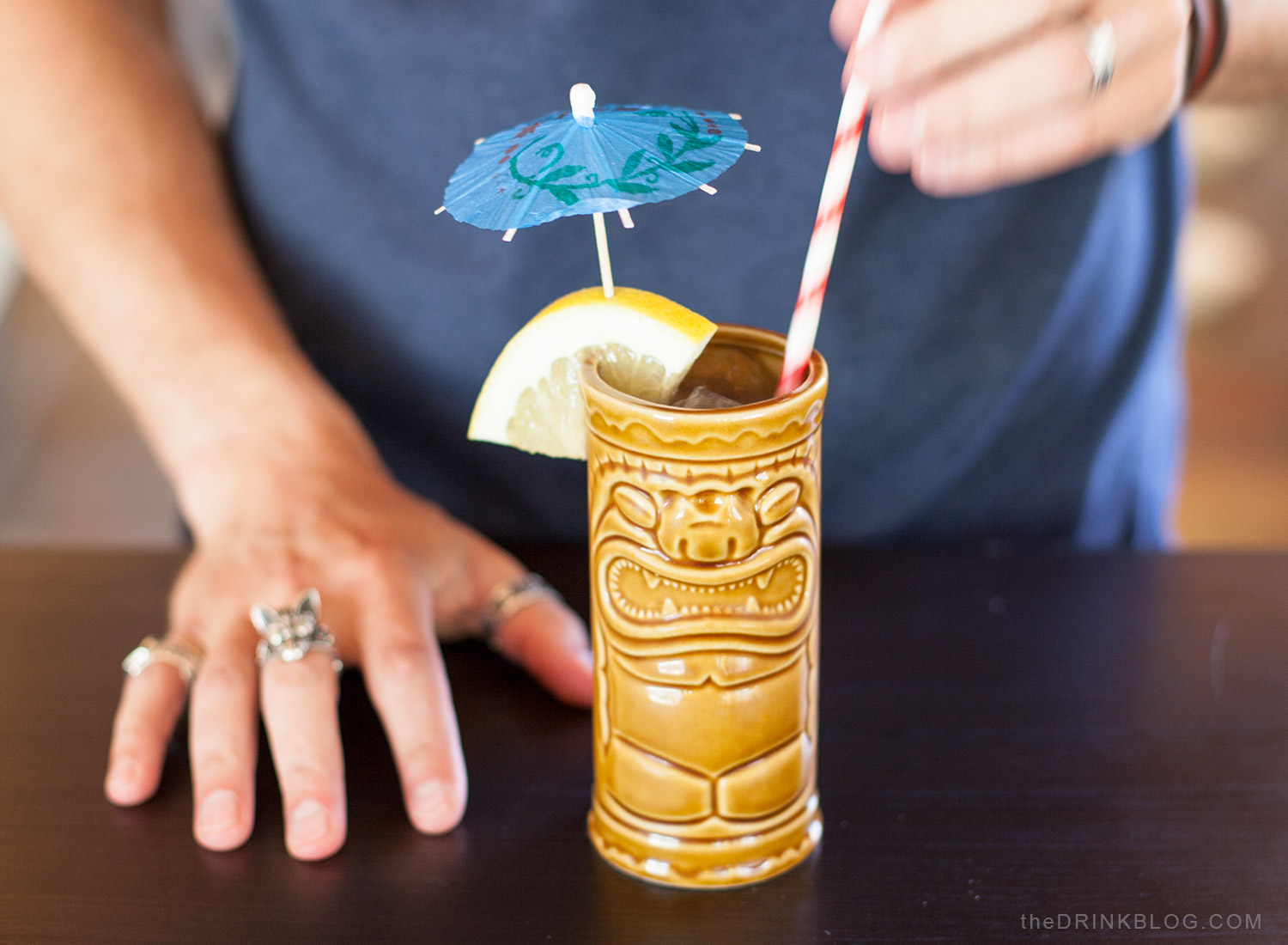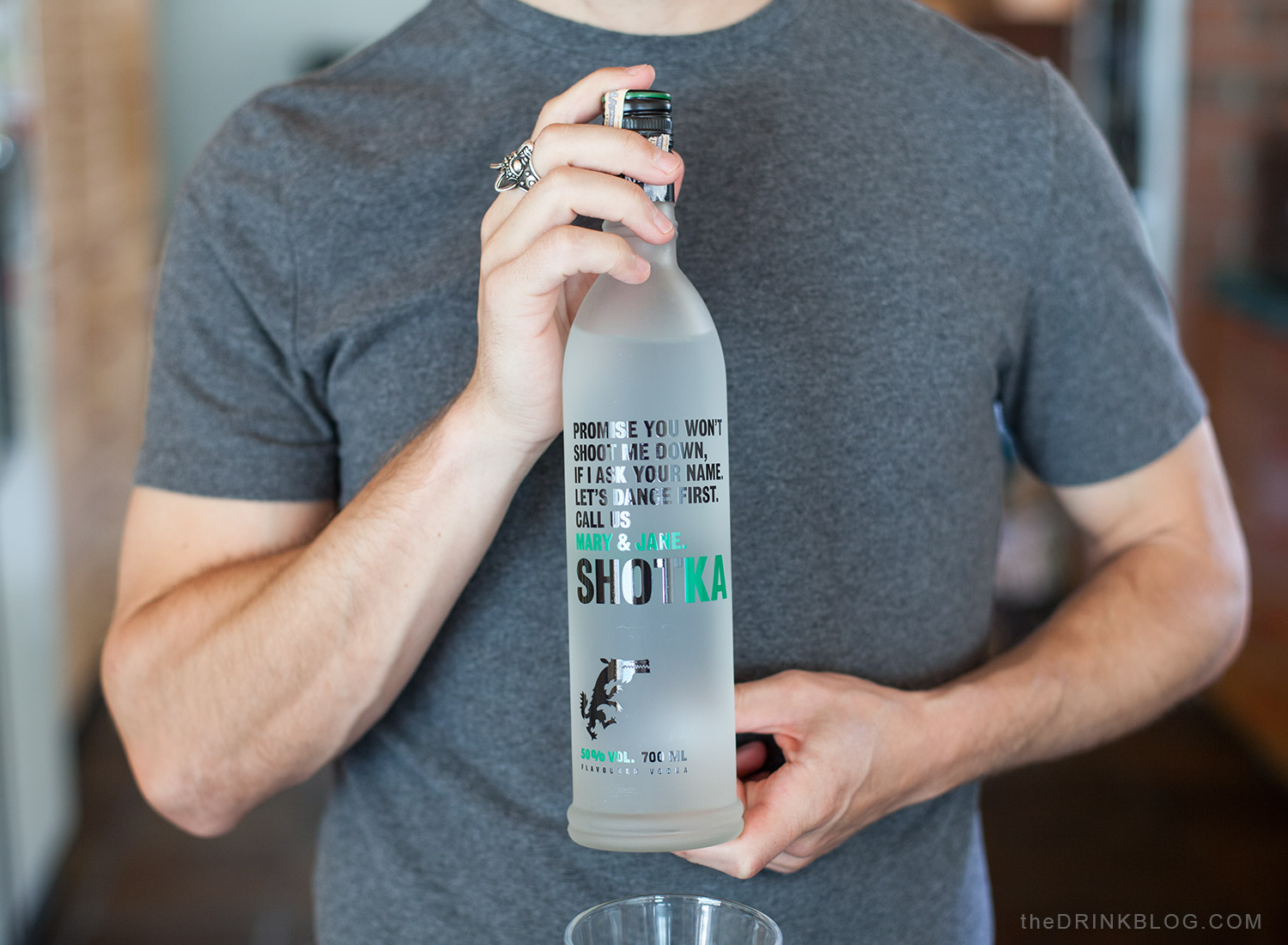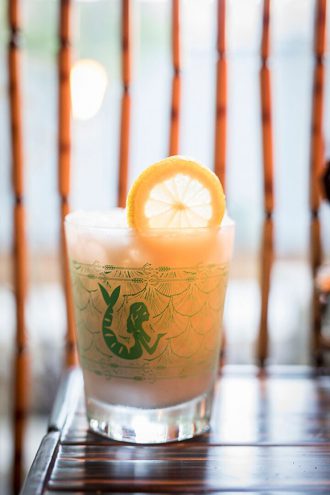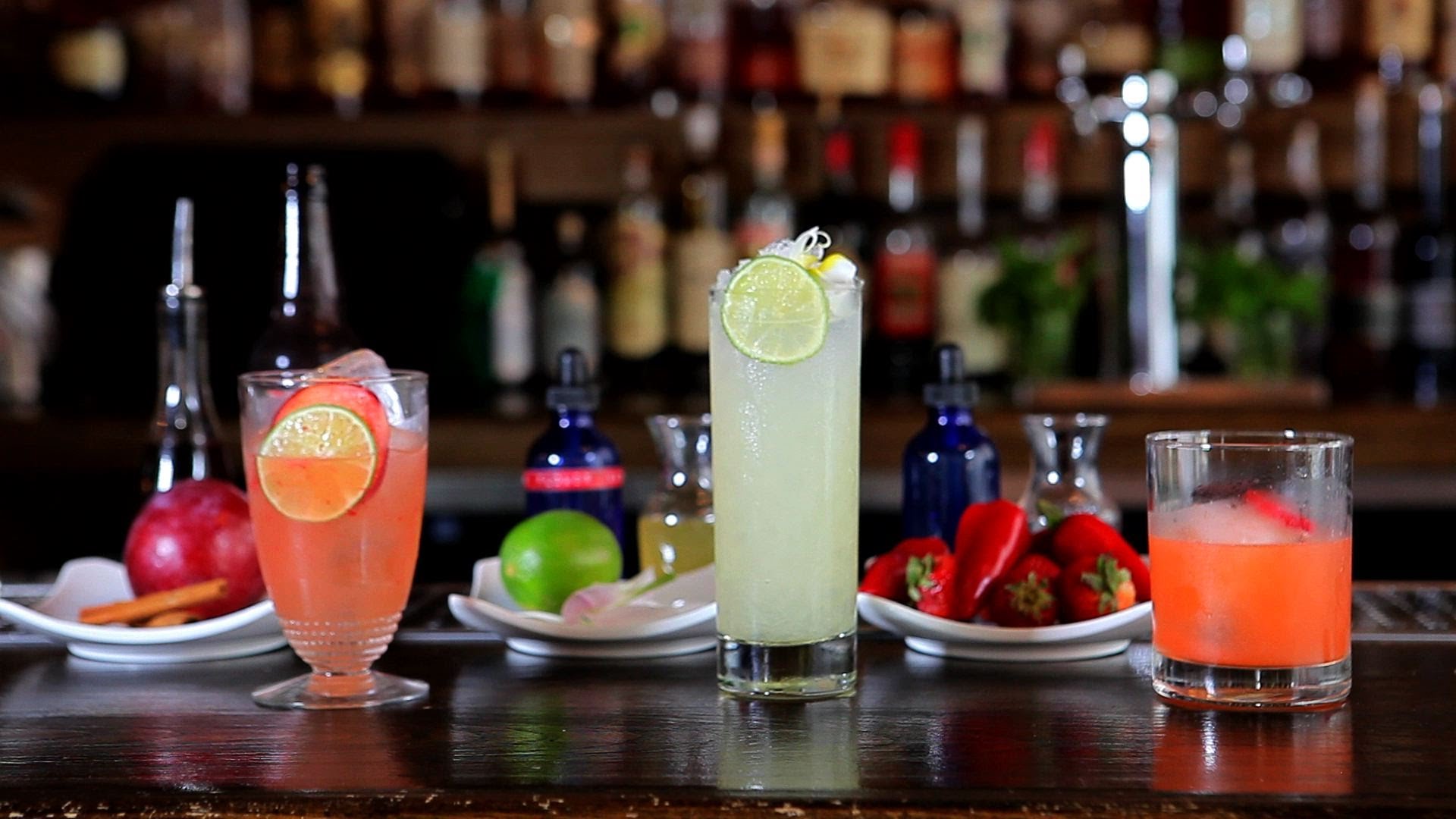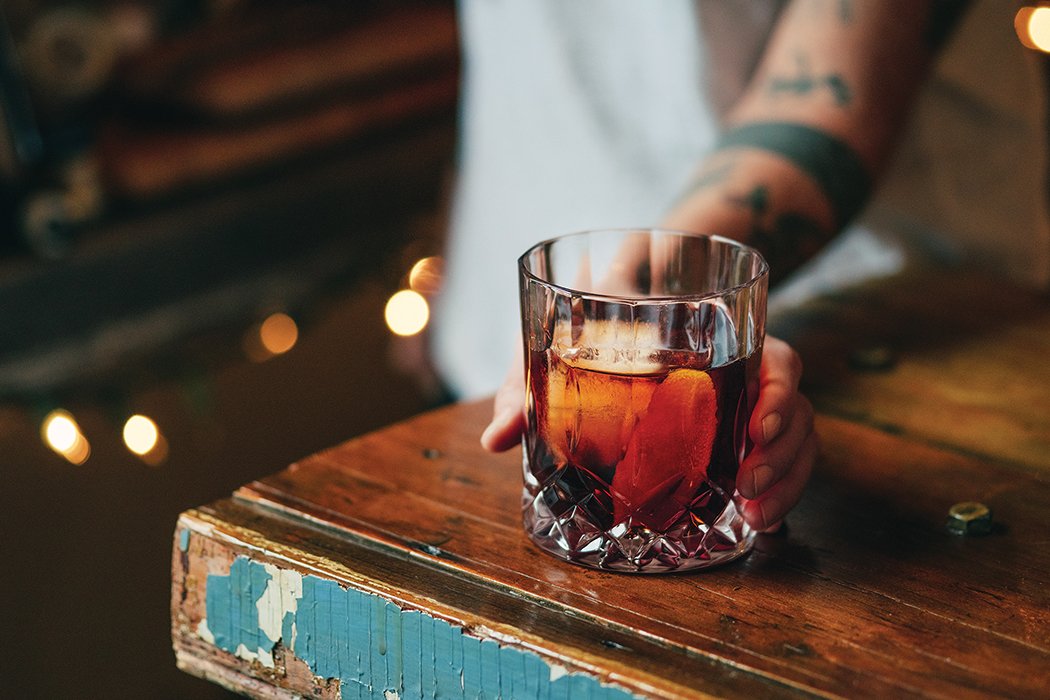[ad_1]
#NationalAbsintheDay falls every year on March 5th. The term “absinthe” comes from “Artemisia absinthium”, the scientific name for its key ingredient, wormwood. Long before distillers discovered it, the herb was used for medicinal purposes.
Absinthe is an anise-flavored spirit that was originally 136 proof and made with grande wormwood. It is typically made by distilling neutral grain spirits with herbs, predominately anise, florence, fennel and grande wormwood. Other herbs such as angelica root, coriander, dittany leaves, hyssop, juniper, nutmeg, melissa, star anise, sweet flag, and veronica are also used.
The color of the distillate is clear and is often bottled this way or as a bright green color. The coloring is added either through the use of chlorophyll from steeping herbs, like hyssop, melissa and petite wormwood in the liquor or just adding artificial coloring. Some absinthes around the world are available in red and blue hues.
Absinthe has as many nicknames as it does legends. But the truth is that this high-proof spirit is an important and historic elixir. At a super-high proof with an intense herbal flavor, it is not surprising that some people still think absinthe has hallucinogenic effects. It can become hallucinogenic when drank in high quantities.
Absinthe History –
The history of absinthe is a cocktail of myth and controversy. A turn-of-the-twentieth-century favorite of artists and writers, the spirit was banned in the United States in 1912 because it was believed to be hallucinogenic. Just a few years ago, it once again became legal in the USA.
This potent liqueur was outlawed in many countries for years following multiple instances of harmful effects and even deaths of its drinkers, most of which were due to over indulgence of the green spirit. Since the 95 year absinthe ban was lifted in the United States in 2007, many brands have been released with lower thujone levels. During the bans, homemade absinthe kits became popular, however this became dangerous. Ingestion of too much wormwood or the use of wormwood extract can be toxic and poisonous.
There have been a number of famous absinthe drinkers throughout history, most notably among artists and writers in the 19th century. Pablo Picasso, Edgar Allen Poe, Arthur Rimbaud, Ernest Hemingway, and Oscar Wilde to name a few and absinthe is rumored to have influenced their work. Possibly the best known absinthe imbiber was Vincent Van Gogh, who drank it for years (presumably addicted to it), painted still lives of absinthe, and some believe he was under its influence when he cut off his ear.
HOW TO DRINK ABSINTHE –
It is not recommended to drink absinthe straight because of its potency and pungent taste. Don’t take it as a straight shot – you may not taste anything else for days. A better way to drink absinthe is to use the classic preparation method known as the absinthe ritual. It is a far more passive option that involves water, a sugar cube, and specially designed spoons and glasses.
The preferred way is to slowly drip water over a sugar cube and into the spirit, which becomes cloudy (pictured here) –
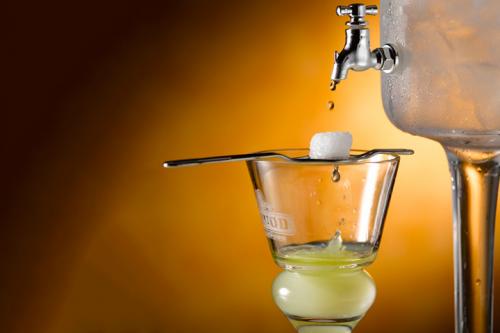
- Ice water
- 1 – 1.5 oz Absinthe
- 1 Sugar cube
- Absinthe glass
Fill an absinthe fountain with ice water. Pour the absinthe into an absinthe glass and place an absinthe spoon topped with the sugar cube across the rim. Position the glass under a spigot of the fountain and slowly drip water over the sugar cube until the sugar dissolves and the absinthe turns completely opaque. You will need roughly 5 ounces of water per ounce of absinthe. Stir briefly before serving.
You can use small quantities of absinthe (a few dashes, a rinse or a quarter-ounce) to add a floral and bittersweet quality to just about any cocktail. See the classic NOLA cocktail “Sazerac” post here
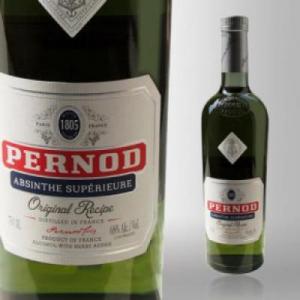
Absinthe Facts
- Absinthe brands range in alcohol content, though you will rarely find one below 90 proof. Most absinthe falls in the 90-148 proof (45-74% ABV) range.
- Abisante, Anisette, Pernod and Herbsaint are often used to replace absinthe in cocktail recipes.
- Absinthe is commonly classified as a liqueur, however, because it doesn’t contain any sugar, it is actually a liquor.
- Absinthe is also known as absinth, green fairy, and green goddess.
(Cover photo courtesy of Liquor.com – Absinthe Frappe).
[ad_2]














